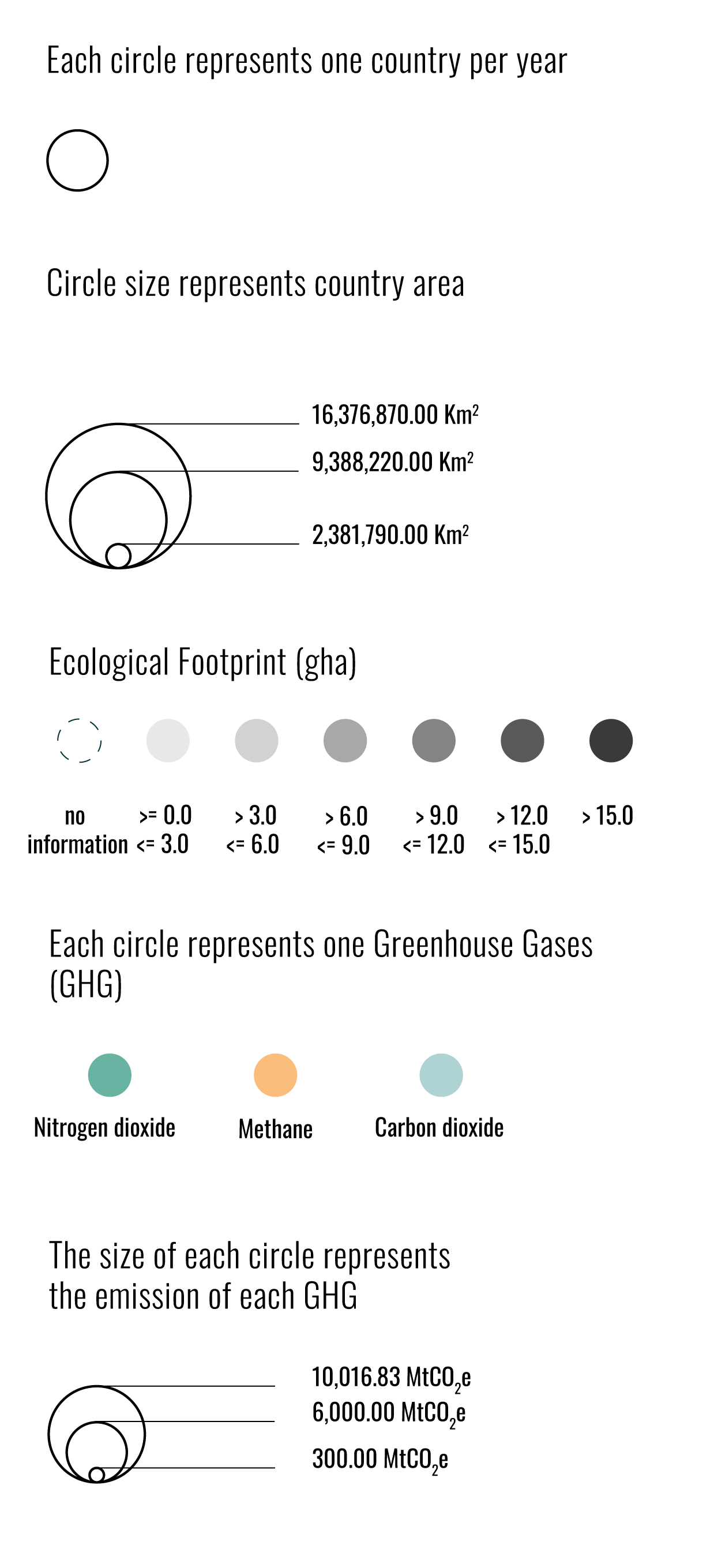#CH4
Methane is the second gas with major impact on the environment.
This gas is released naturally by swamps and oceans. The intensification of concentration in the atmosphere
is due to organism’s decomposition, animal digestion, biomass, waste, landfills, livestock breeding, production
and distribution of fossil fuels.
#N20
Nitrogen dioxide can be naturally produced by forests
and oceans. However, the biggest impact is caused by man through agricultural activity:
agricultural soils, livestock systems and leaching processes, which consists in the extraction of chemical
constituents presented in rocks, minerals and soils. It also results from the burning of fossil fuels at very high
temperatures – vehicle engines and industrial processes and biomass, during the burning of vegetation,
waste and deforestation.


